Most flowers save their best for the day—but some truly shine after the sun goes down. These night-scented plants release their fragrance in the evening, when the air is cooler and still, making your summer nights feel magical with just a single breeze.
Whether you’re relaxing on the patio, hosting a dinner under the stars, or just leaving the windows open, these plants turn any night into a sensory escape. Their scents become stronger at dusk, attracting night pollinators and creating an atmosphere that feels calm, luxurious, and a little bit mysterious.
From jasmine and night phlox to a few surprises you might already have growing nearby, here are 15 summer plants that smell even better after dark—and why you’ll want them around when the heat fades and the stars come out.
Jasmine
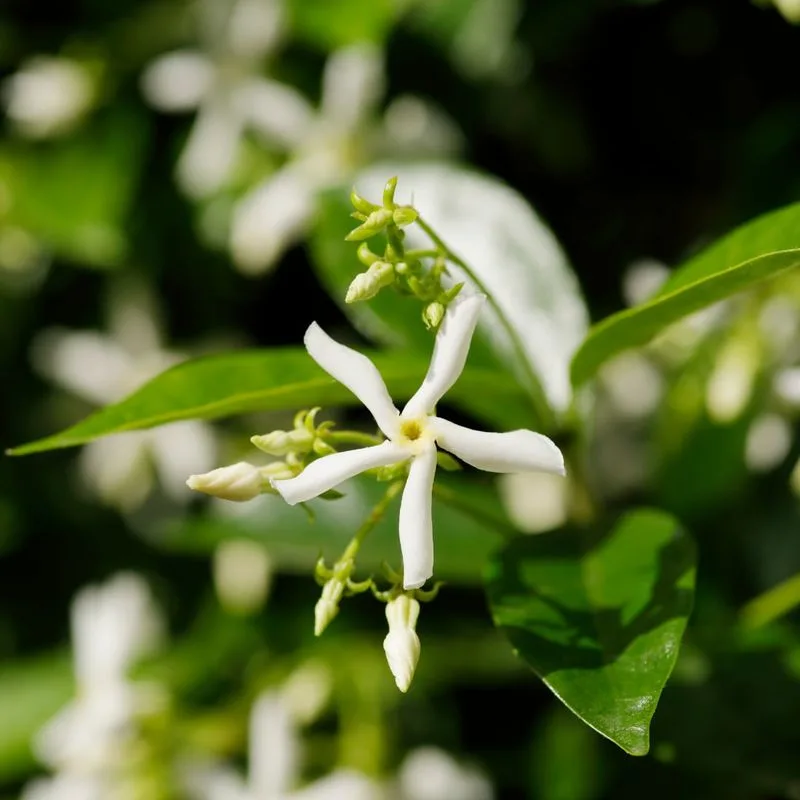
Jasmine, often synonymous with romance, fills the night air with its sweet, heady aroma. The plant’s small white flowers open at dusk, releasing a fragrance that has been cherished for centuries in perfumes and teas. Native to tropical regions, jasmine thrives in warm climates with well-drained soil. It is not just a feast for the senses; jasmine also has calming properties, making evening garden strolls a truly soothing experience. This plant invites you to unwind and enjoy the simple pleasure of its delightful scent.
Gardenia

Gardenia, with its creamy white blooms, is a symbol of elegance and purity. As night descends, its rich, velvety scent becomes more pronounced, enveloping the garden in a luxurious fragrance. This plant prefers humid conditions and acidic soil. Often found in southern landscapes, gardenias require a bit of care but reward gardeners with their stunning appearance and scent. Their intoxicating fragrance can evoke memories of warm, balmy nights spent in tranquil settings.
Night-Blooming Cereus

Known as the “Queen of the Night,” Night-Blooming Cereus captivates with its large, fragrant blooms that open only once a year at night. This cactus species, native to the desert, thrives in dry conditions and sandy soil. Its fleeting flowers and unique scent make it a gardener’s treasure. While the blooms last only for a night, they leave a lasting impression, making that single evening an unforgettable experience. Witnessing this plant in bloom is like catching a rare, magical moment.
Evening Primrose
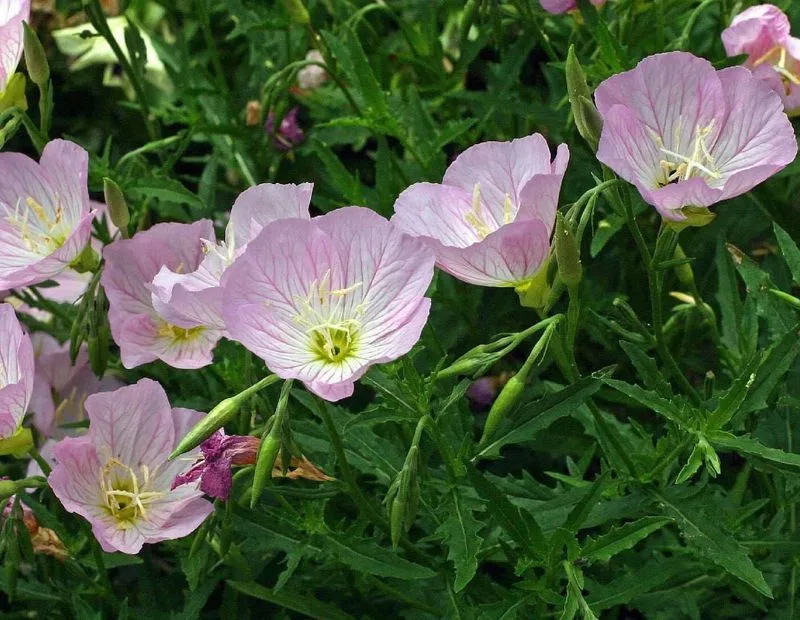
Evening Primrose, with its cheerful yellow blooms, brings a burst of sunshine to the night. The flowers open rapidly each evening, releasing a subtle, sweet fragrance. Native to the Americas, this plant is hardy and can thrive in varied conditions, often found in meadows and roadsides. Beyond its beauty, Evening Primrose oil is renowned for its medicinal properties. The plant’s adaptability and gentle scent make it a beloved addition to any night garden.
Tuberose

Tuberose, celebrated for its powerful fragrance, is a night-blooming wonder. Its tall spikes of white flowers are a common sight in tropical gardens. The scent, rich and creamy, intensifies as darkness falls, filling the air with a perfume that’s both exotic and intoxicating. Tuberose is often used in the perfume industry, a testament to its remarkable fragrance. This plant not only adds visual beauty but also creates an aromatic experience that lingers in memory long after the sun has set.
Honeysuckle
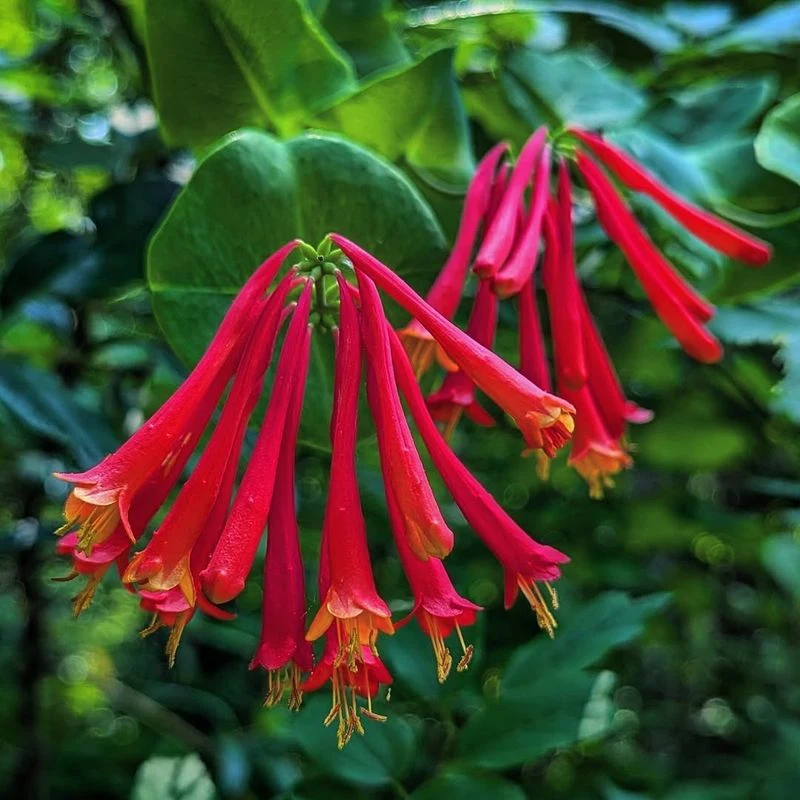
Honeysuckle is a garden classic known for its sweet, inviting scent that becomes more pronounced in the evening. The vine’s tubular flowers, in various shades of yellow and pink, attract both human admirers and nighttime pollinators like moths. It thrives in well-drained soil and full sun to partial shade. Honeysuckle’s fragrance is reminiscent of childhood summers, evoking a sense of nostalgia and joyful simplicity. This resilient plant adds charm and aromatic pleasure to any summer night garden.
Four O’Clocks
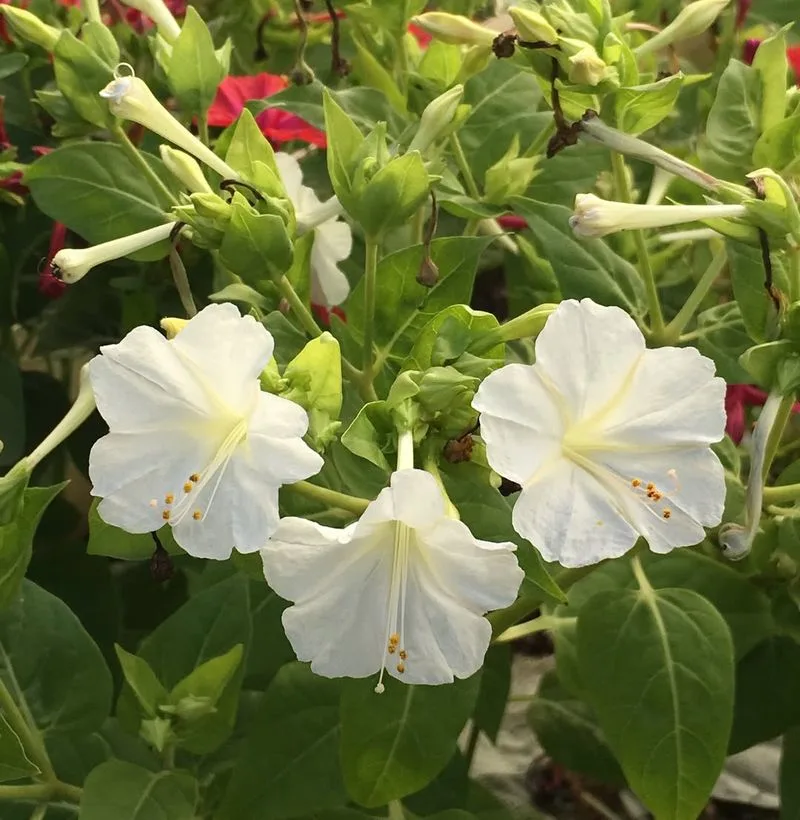
Four O’Clocks, named for their evening blooming habit, offer a lively display of color and fragrance. The plant’s trumpet-shaped flowers open in late afternoon, emitting a pleasant scent that lingers through the night. Found in many cottage gardens, they thrive in sunny locations with well-drained soil. Their multicolored blooms provide a cheerful, inviting atmosphere as night approaches. These plants capture the essence of relaxation and enjoyment, perfect for winding down after a long day.
Moonflower
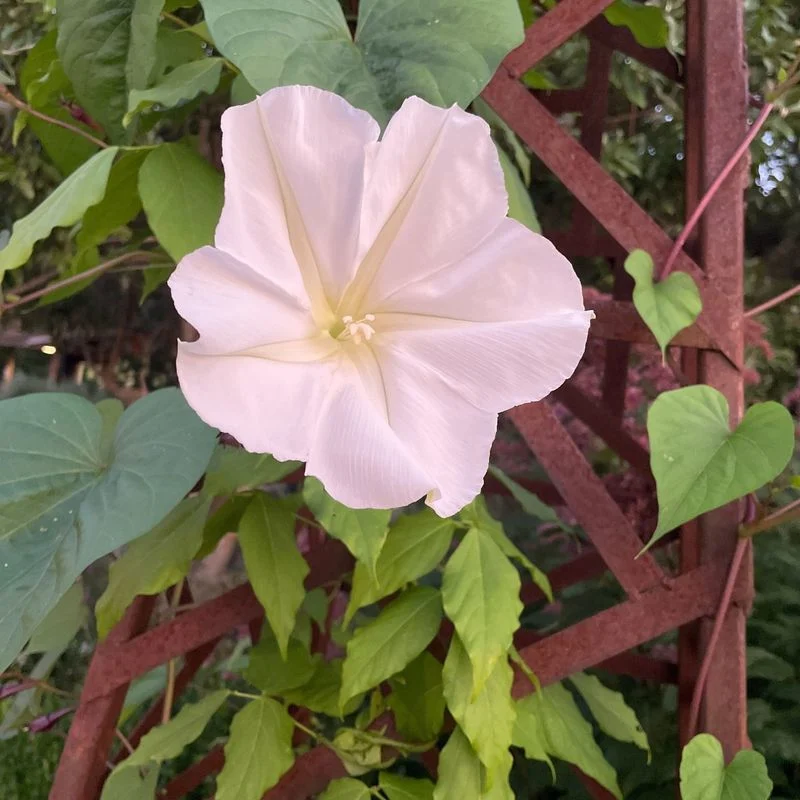
Moonflower is aptly named for its magnificent white blooms that unfurl as the sun sets. Each blossom, large and trumpet-shaped, emits a fragrance reminiscent of lilies. This tropical vine is perfect for trellises and fences, thriving in warm climates. The sight of its flowers opening at dusk is a nightly spectacle that captivates both the eyes and the senses. With its heavenly scent, moonflower transforms gardens into serene retreats, inviting contemplation and wonder under the stars.
Angel’s Trumpet
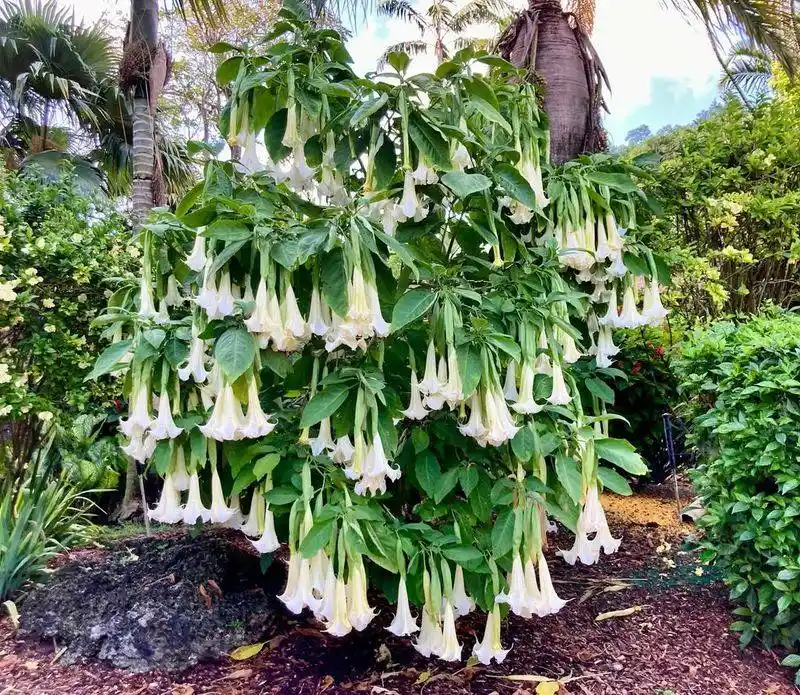
Angel’s Trumpet is a plant of dramatic beauty, with large, pendulous flowers that hang like trumpets. These blossoms release a sweet, intoxicating fragrance at night, enchanting anyone who passes by. Native to South America, it prefers warm, sheltered spots with rich soil. Despite its beauty, all parts of the plant are toxic, requiring careful handling. Its captivating presence and scent make it a showstopper in gardens, offering an enchanting experience as day turns to night.
Night Phlox

Night Phlox, known for its starry blooms, becomes a fragrant delight as evening falls. The flowers, in shades of white and purple, release a scent akin to honey and vanilla. This plant thrives in well-drained soil and is ideal for borders and containers. Often overlooked, Night Phlox is a hidden gem for night gardens, adding both visual and olfactory charm. Its sweet fragrance invites calmness, making nighttime garden visits a soothing ritual.
Nicotianna
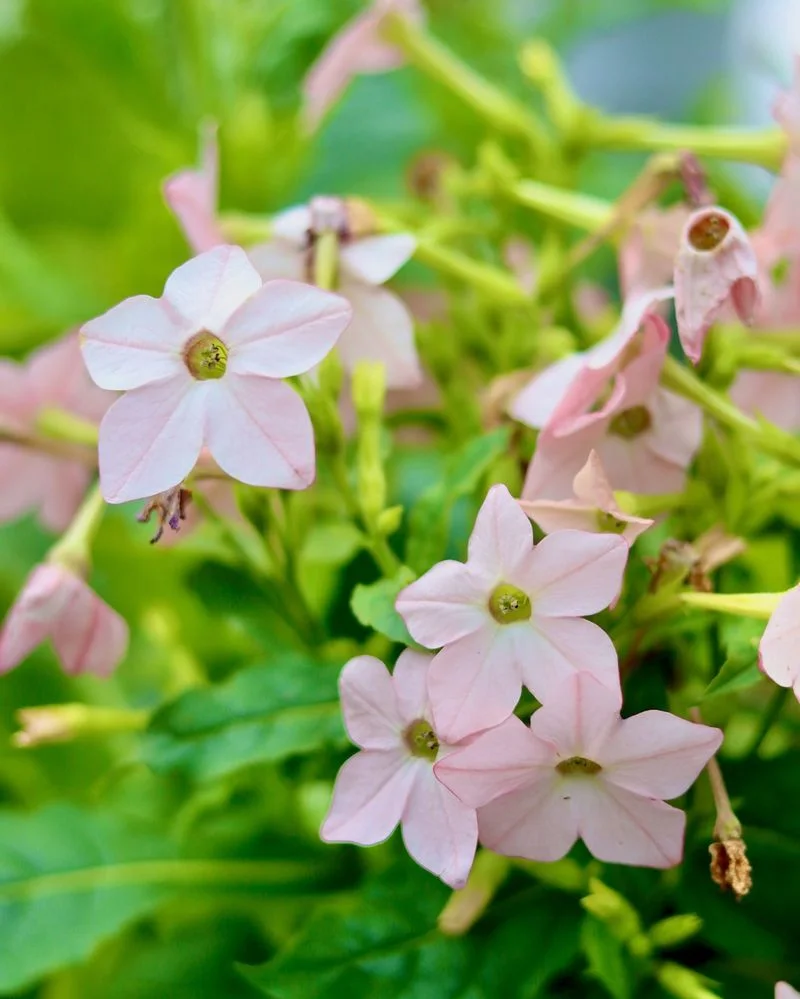
Nicotiana, or flowering tobacco, surprises with its evening fragrance that intensifies as the day fades. The plant’s tubular white flowers are elegant and emit a sweet, jasmine-like scent. Preferring sunny, sheltered locations, Nicotiana is easy to grow from seed. Its presence adds a touch of sophistication to gardens, with a fragrance that is both alluring and comforting. Nicotiana is a testament to the power of scent in creating memorable summer evenings.
Night-Scented Stock
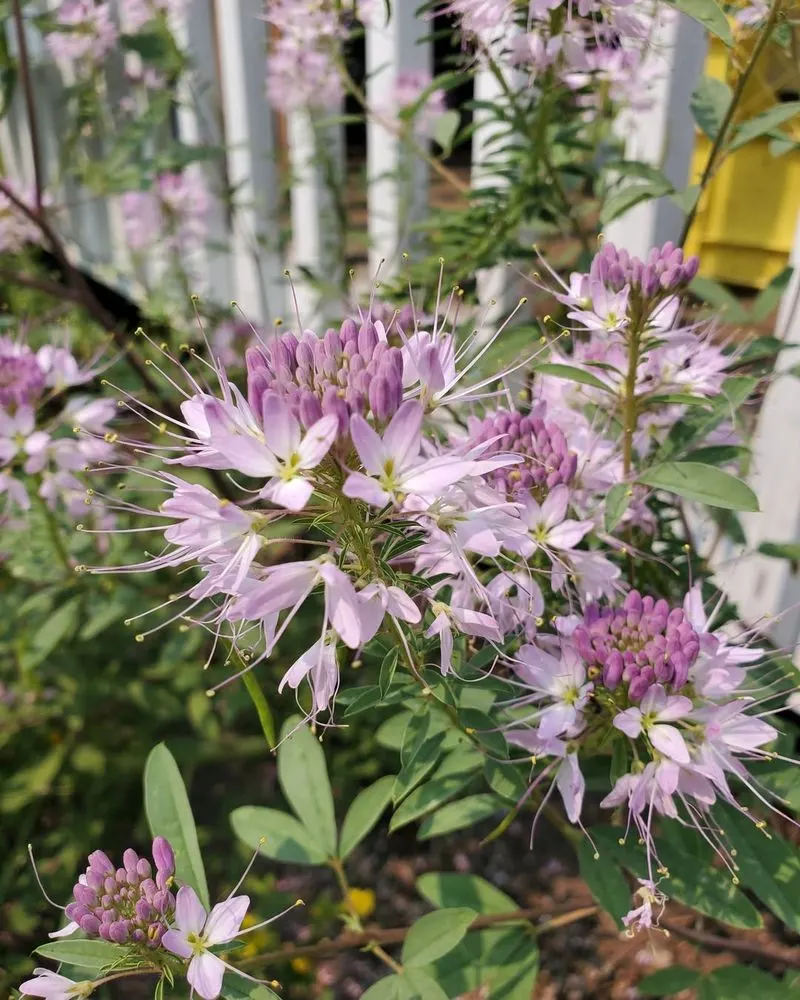
Night-Scented Stock, with its understated appearance, transforms when its fragrance emerges in the evening. The small flowers, which come in purple and white, release a sweet, spicy aroma that fills the air. This plant thrives in cool conditions and is often found in cottage gardens. Its scent evokes the charm of simpler times, offering a reminder of the beauty found in nature’s subtleties. Night-Scented Stock is a humble yet delightful addition to any fragrant garden.
Sweet Alyssum
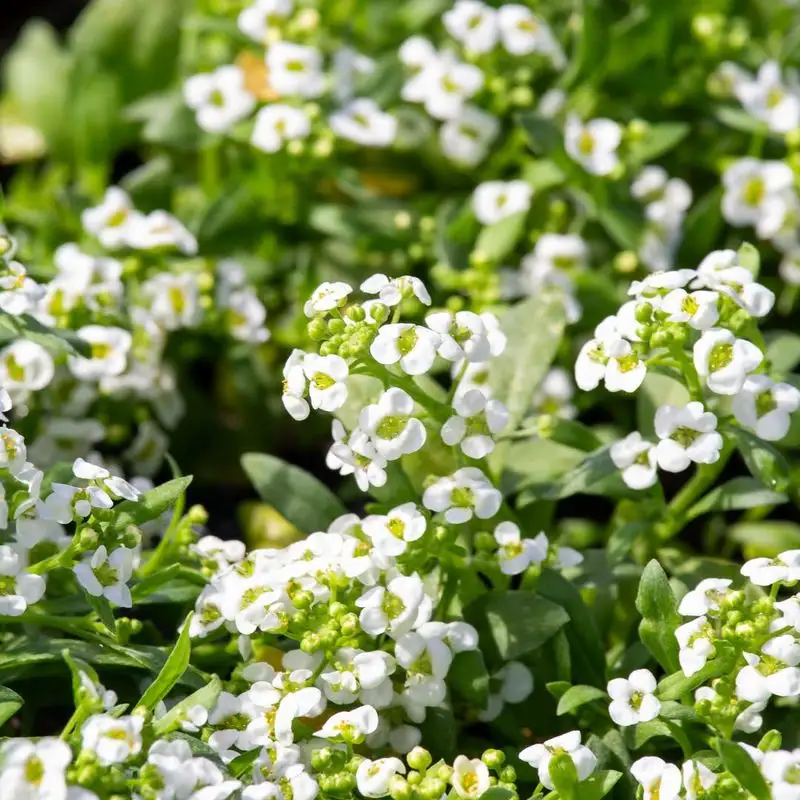
Sweet Alyssum, though small in stature, packs a fragrant punch come evening. The tiny white flowers form a dense carpet that emits a honey-like scent. Easy to grow, this plant is perfect for borders and rock gardens. Sweet Alyssum’s fragrance is a gentle reminder of the beauty in the overlooked. As it releases its sweet scent at night, it creates an inviting atmosphere, transforming garden paths into aromatic journeys. This plant proves that even the smallest blooms can leave the biggest impression.
Lily of the Valley

Lily of the Valley, with its delicate bell-shaped flowers, is a spring classic that retains its charm into summer nights. Its fragrance, sweet and subtly pervasive, is most pronounced at dusk. Preferring shady, moist areas, this plant is often found in woodland gardens. Despite its gentle appearance, it is a symbol of strength and return of happiness. Lily of the Valley’s scent creates a serene and comforting environment, making it a favorite for evening garden strolls.
Star Jasmine
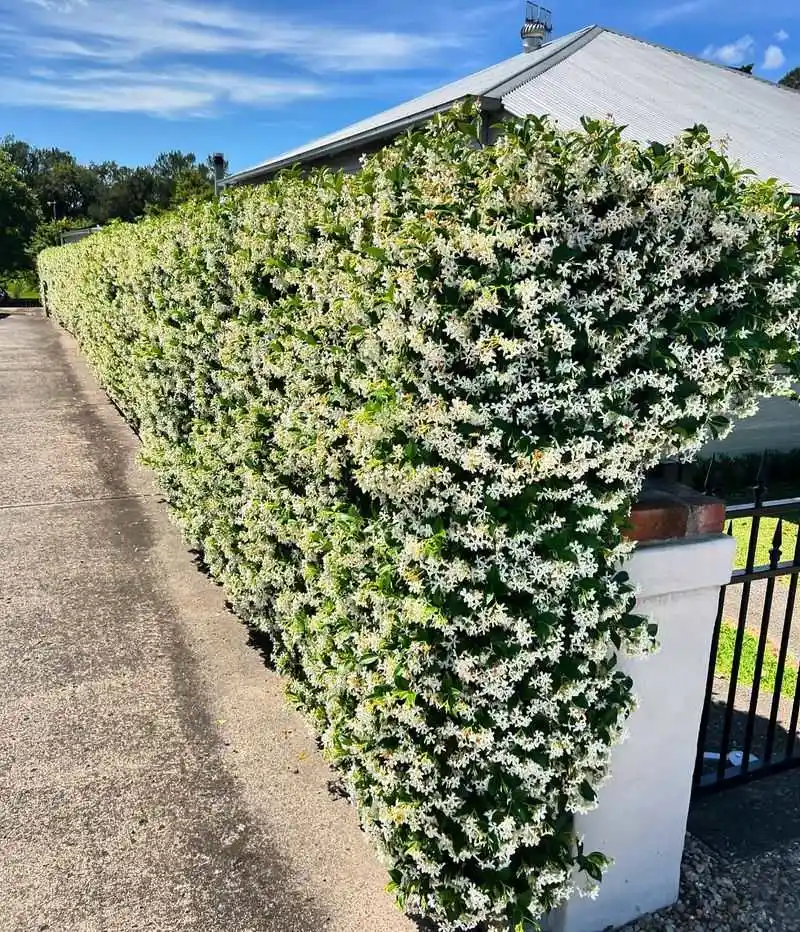
Star Jasmine, with its glossy leaves and starry white flowers, offers a delightful fragrance that intensifies after sunset. This climbing plant is often seen adorning arbors and trellises, thriving in full sun or partial shade. Its scent is reminiscent of tropical nights, adding an exotic touch to gardens. Star Jasmine’s aroma is both invigorating and calming, making it a beloved choice for fragrant gardens. Its presence can transform ordinary garden spaces into fragrant escapes.

